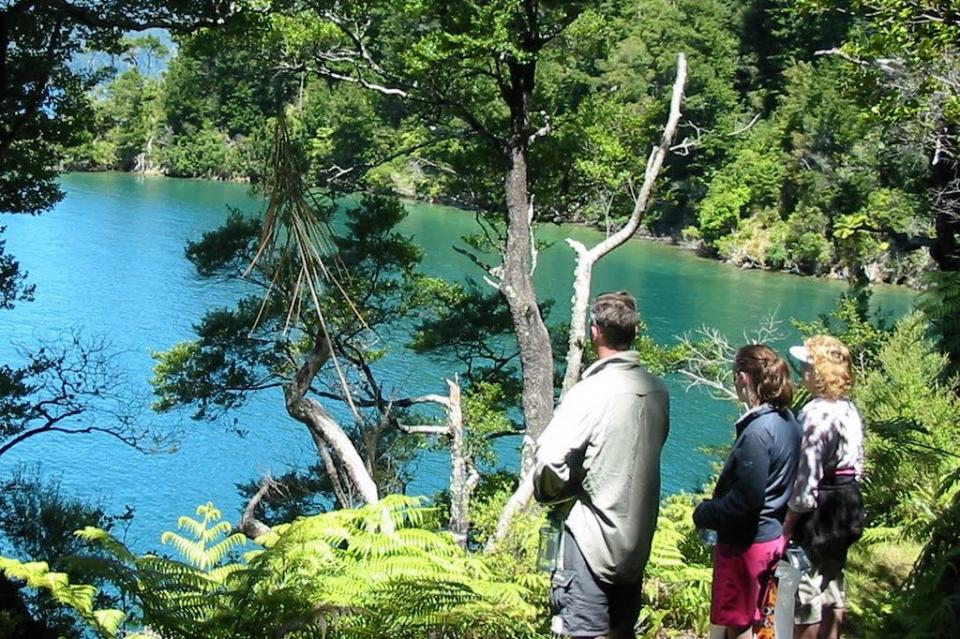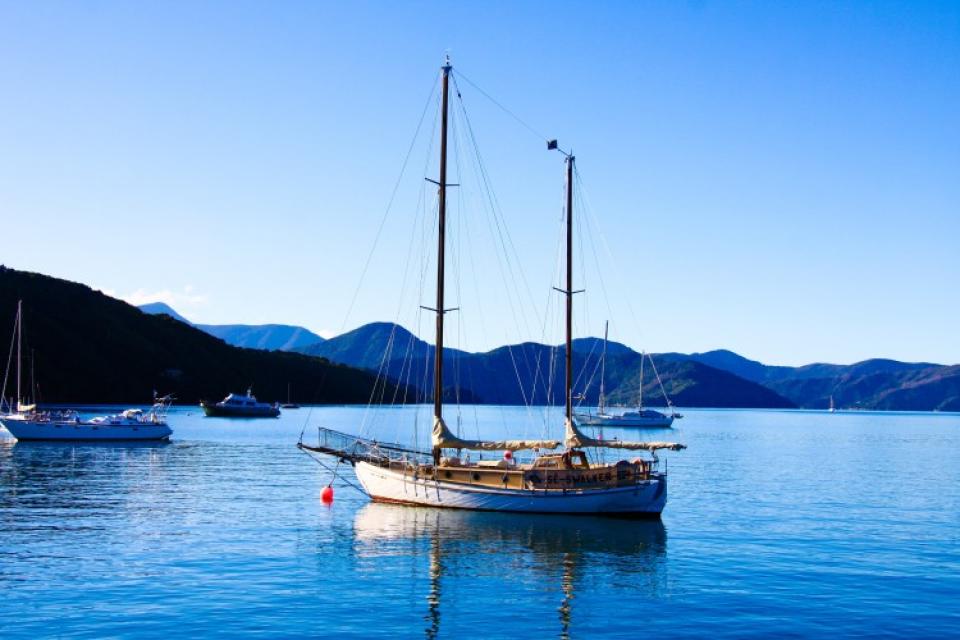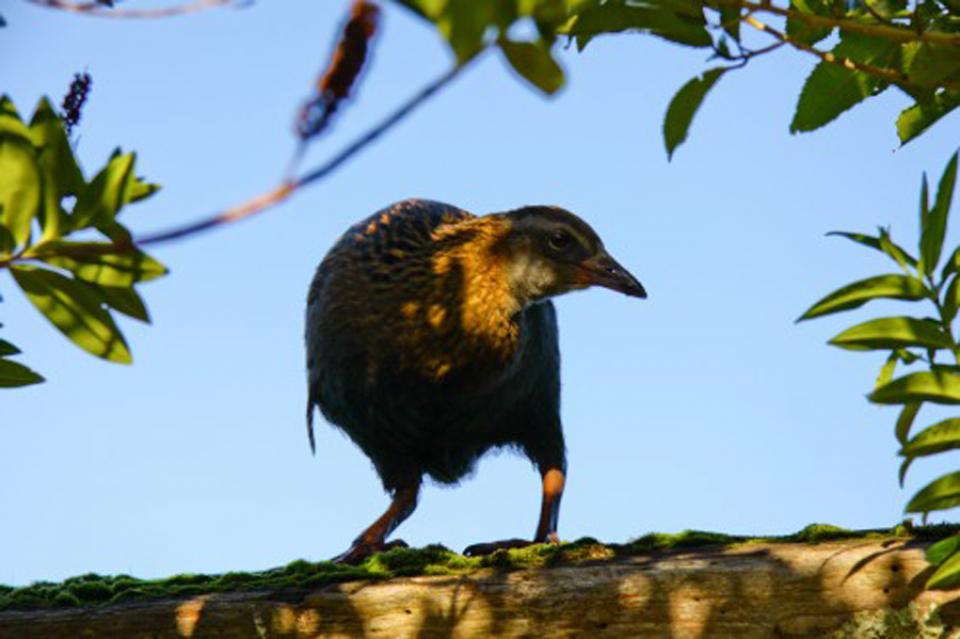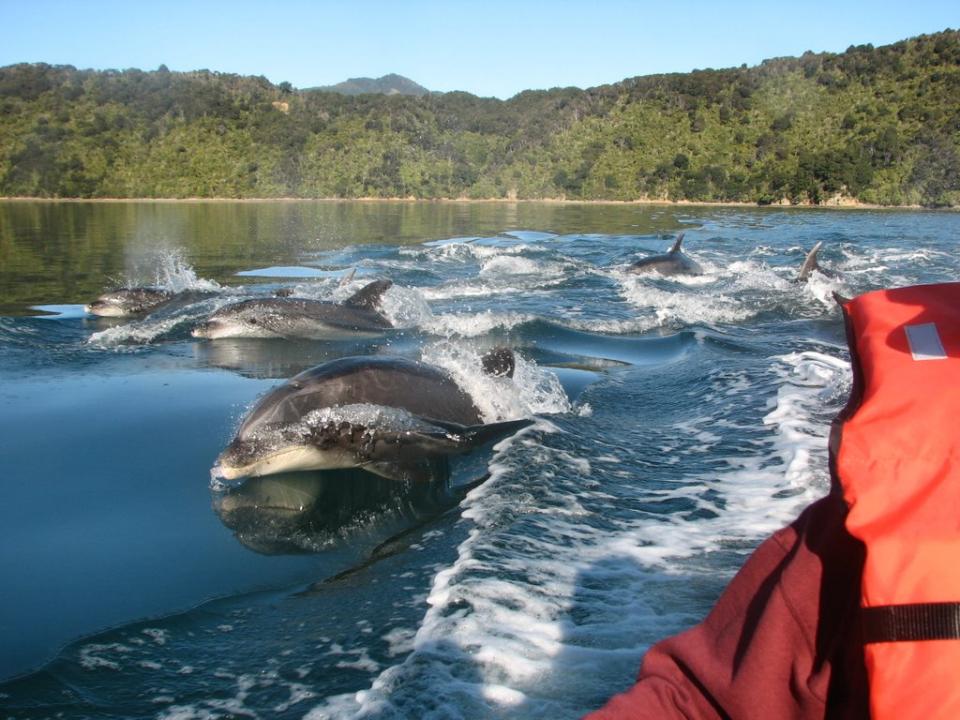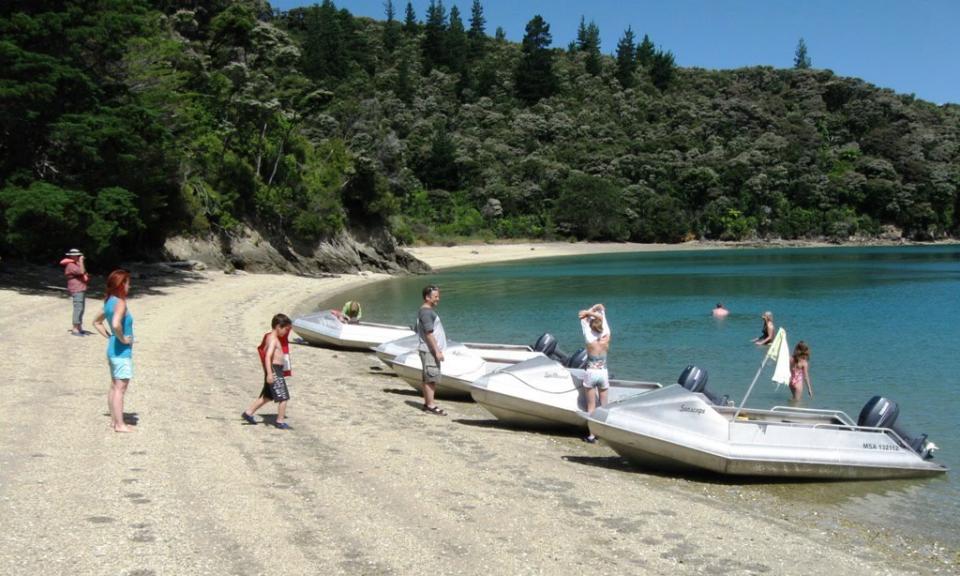HISTORY
“Kai (means food) Uma (means plenty) Kaiuma means “plenty of food”
An area of significant natural beauty”
Within Pelorus Sound, Kaiuma Bay is an area rich in cultural history.
During pre European times the area formed an important walking / trading route between Motueka (Tasman Bay) and the Wairau Valley (Blenheim). The area also contains an Outstanding Natural Landscape.
Pelorus Sound is aligned roughly north–south from its seaward beginning at Kaitira (East Entry Point) and Te Akaroa (West Entry Point) to Havelock at its head.
WIthin Pelorus Sound, Kaiuma Bay is an area rich in cultural history, Kai -means Food in native Maori & Uma -means bosom of plenty, Kaiuma Bay was known to both Maoris and early European settlers as a place of plenty of food, a fact that remains true today.
Historically the area was knows for early settlers, who over the last 150 years found the area an ideal base for logging, whaling and hunting/fishing, which is how the nearby port of Havelock was founded.
Guided by whaler Jacky Guard, HMS Pelorus was the first European vessel to enter the sound, in 1838. Allen Strait, between offshore Forsyth Island, Kaiuma Bay and the mainland, is also known as Guards Pass, and links Guards Bay and Forsyth Bay. Mussels are farmed in a number of bays.
The Nydia Track starts at Kaiuma Bay (reached circuitously from Havelock via a bridge across the Pelorus River a few kilometres west of Canvastown). The track follows the valley to Nydia Bay and Nydia Lodge (accessed only by boat or walking), and ends at Tennyson Inlet.

